Home>Gardening & Outdoor>Landscaping Ideas>What Kills Bugs In Grass
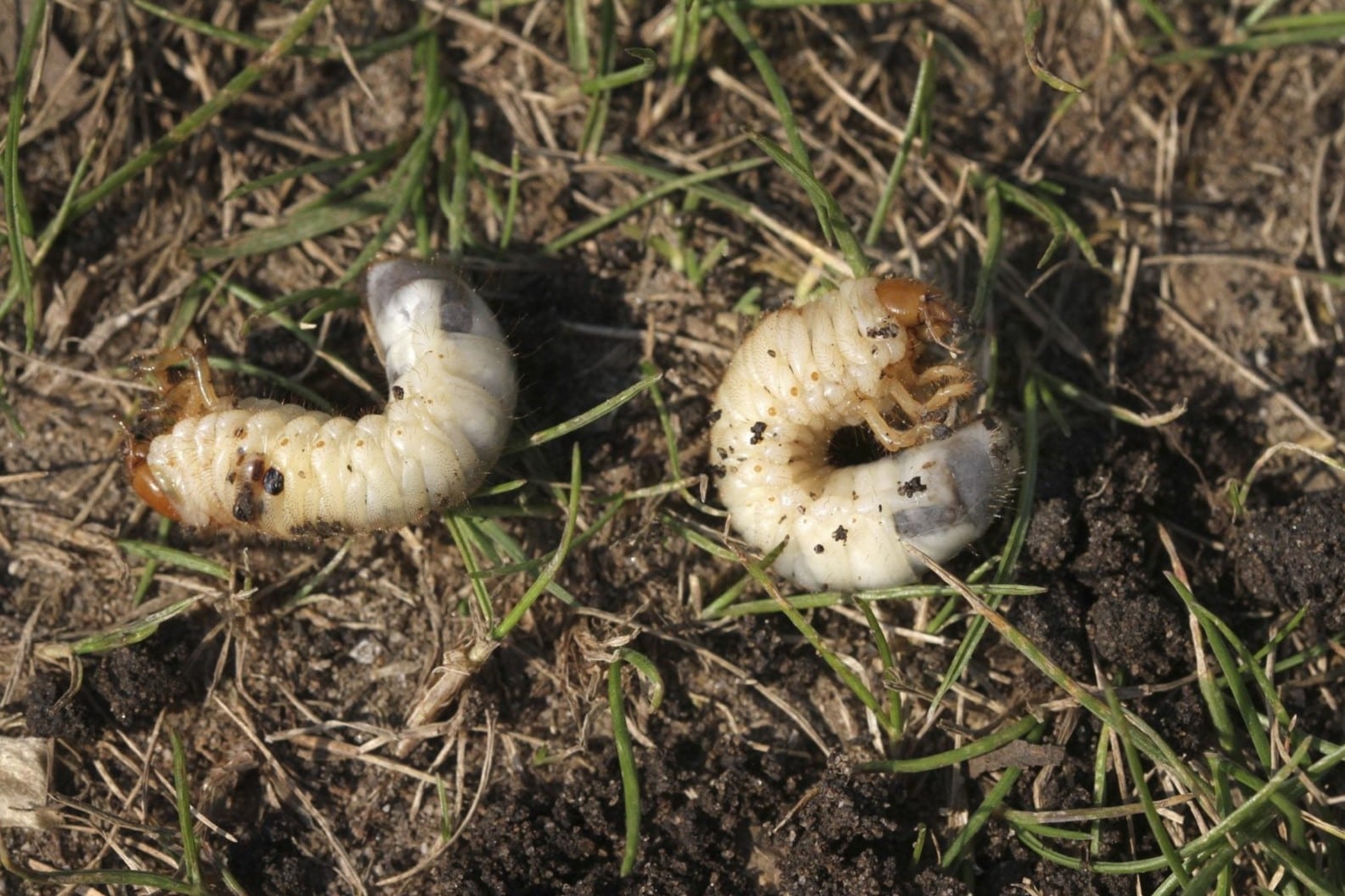

Landscaping Ideas
What Kills Bugs In Grass
Modified: March 24, 2024
Discover effective landscaping ideas for killing bugs in grass and maintaining a healthy lawn. Explore natural and chemical solutions for pest control.
(Many of the links in this article redirect to a specific reviewed product. Your purchase of these products through affiliate links helps to generate commission for Storables.com, at no extra cost. Learn more)
Introduction
Welcome to the world of landscaping, where lush green lawns are the envy of the neighborhood. However, maintaining a healthy and vibrant lawn involves more than just regular watering and mowing. One of the challenges that homeowners often face is dealing with pesky bugs that can wreak havoc on the grass. These unwanted visitors can turn a once-thriving lawn into a patchy, brown eyesore.
So, what’s a homeowner to do when faced with the dilemma of bugs in the grass? Fear not, for there are a variety of effective methods for controlling and eliminating these pests. From natural remedies to chemical treatments, there are options to suit every preference and situation. In this article, we will explore the different ways to combat lawn pests, allowing you to reclaim your green oasis and enjoy a bug-free lawn once again.
Key Takeaways:
- Embrace a balanced approach to lawn pest control by integrating natural methods like beneficial nematodes and neem oil with chemical treatments when necessary. Prioritize the health of your lawn and the surrounding ecosystem for long-term success.
- Regular maintenance, integrated pest management, and environmental considerations are key to achieving a vibrant, pest-resistant lawn. Stay proactive in observing and addressing pest activity to nurture a beautiful outdoor space for relaxation and recreation.
Read more: What Bugs Kill Grass
Understanding Common Lawn Pests
Before delving into the methods for eradicating lawn pests, it’s crucial to understand the types of critters that can wreak havoc on your grass. Common lawn pests include:
- Grubs: These voracious larvae of beetles feast on grassroots, causing the lawn to wilt and turn brown. They are often found just below the soil’s surface.
- Chinch Bugs: These tiny insects have a big appetite for grass. They pierce the grass blades and suck out the juices, resulting in yellow or brown patches.
- Sod Webworms: The larvae of these moths feed on grass blades, leaving behind brown, ragged patches on the lawn.
- Armyworms: These caterpillars are known for their voracious appetite and can quickly decimate a lawn by devouring the grass blades.
- Ants: While not directly harmful to the grass, ants can create unsightly mounds and disrupt the lawn’s appearance.
Identifying the specific pest plaguing your lawn is essential for implementing the most effective control measures. By recognizing the signs of infestation and the distinctive damage caused by each type of pest, you can take targeted action to address the problem.
Now that we have a better understanding of the common lawn pests, let’s explore the natural methods for controlling these unwelcome visitors.
Natural Methods for Controlling Lawn Pests
For those who prefer a more environmentally friendly approach to pest control, there are several natural methods that can effectively manage lawn pests without resorting to chemical treatments. Here are some eco-friendly strategies to consider:
- Beneficial Nematodes: These microscopic organisms are natural predators of lawn pests such as grubs and can be introduced to the soil to help control infestations.
- Diatomaceous Earth: This powdery substance, derived from fossilized algae, can be sprinkled on the lawn to deter and dehydrate pests like ants, fleas, and ticks.
- Neem Oil: Extracted from the seeds of the neem tree, neem oil is a natural insecticide that can effectively combat a variety of lawn pests while being safe for beneficial insects.
- Companion Planting: Introducing pest-repelling plants such as marigolds, chrysanthemums, and lavender around the lawn can help deter unwanted insects.
- Manual Removal: Handpicking larger pests like caterpillars and beetles can be an effective way to control their populations, especially in smaller lawn areas.
Implementing these natural methods not only helps in controlling lawn pests but also contributes to a healthier and more sustainable lawn ecosystem. By working in harmony with nature, you can maintain a balanced and thriving lawn without compromising the environment.
While natural methods offer a gentle approach to pest control, some situations may call for more immediate and targeted intervention. Let’s explore the use of chemical treatments for combating lawn pests.
One way to kill bugs in grass is to use a natural insecticide like neem oil or a mixture of dish soap and water. These options are effective and safe for the environment.
Chemical Treatments for Lawn Pests
When faced with severe or persistent pest infestations, chemical treatments can provide a potent solution for restoring the health and vitality of your lawn. It’s important to note that while chemical treatments can be highly effective, they should be used judiciously and in accordance with the manufacturer’s instructions to minimize environmental impact and ensure the safety of humans and pets.
Here are some common types of chemical treatments used for controlling lawn pests:
- Insecticides: These are formulated to target specific pests such as grubs, chinch bugs, and sod webworms. They can be applied as granules or liquid sprays to eliminate existing infestations and prevent future damage.
- Nematicides: Designed to control nematodes, these chemical treatments can be beneficial in managing pest populations that are resistant to natural predators.
- Ant Baits and Sprays: For ant infestations that disrupt the lawn’s appearance, targeted baits and sprays can effectively control and eliminate ant colonies.
- Fungicides: While not directly targeting pests, fungicides can be essential for addressing fungal diseases that can weaken the grass and make it more susceptible to pest damage.
Prior to using any chemical treatments, it’s advisable to accurately identify the specific pest causing the issue and select the appropriate product for targeted control. Additionally, it’s essential to follow all safety precautions and environmental regulations when applying chemical treatments to your lawn.
While chemical treatments can provide rapid and effective pest control, it’s important to weigh the potential risks and benefits and consider alternative methods, especially in cases where natural and cultural practices can achieve the desired results.
Now that we’ve explored natural and chemical methods for combating lawn pests, it’s time to wrap up our discussion and emphasize the importance of maintaining a healthy and pest-resistant lawn.
Conclusion
Maintaining a lush, pest-free lawn is a rewarding endeavor that enhances the beauty of your outdoor space and provides a welcoming environment for relaxation and recreation. By understanding the common lawn pests and the methods for controlling them, you can effectively safeguard your lawn from potential damage and deterioration.
Whether you opt for natural remedies or chemical treatments, it’s essential to prioritize the health of your lawn and the well-being of the surrounding ecosystem. Here are some key takeaways to keep in mind:
- Regular Maintenance: Consistent lawn care practices, such as proper watering, mowing, and fertilization, can promote a resilient and pest-resistant lawn.
- Integrated Pest Management: By combining cultural, natural, and chemical control methods, you can create a comprehensive approach to managing lawn pests while minimizing environmental impact.
- Environmental Considerations: When using chemical treatments, always adhere to safety guidelines and consider the potential impact on beneficial insects, wildlife, and water sources.
- Observation and Monitoring: Regularly inspect your lawn for signs of pest activity and be proactive in addressing any issues to prevent widespread damage.
Ultimately, the goal is to create a harmonious and vibrant lawn that can be enjoyed by your family and admired by your neighbors. By staying informed about effective pest control methods and taking a proactive approach to lawn care, you can nurture a resilient and thriving lawn that serves as a source of pride and enjoyment.
With a combination of knowledge, care, and the right pest control strategies, you can bid farewell to pesky bugs and revel in the beauty of a healthy, pest-free lawn for years to come.
Frequently Asked Questions about What Kills Bugs In Grass
Was this page helpful?
At Storables.com, we guarantee accurate and reliable information. Our content, validated by Expert Board Contributors, is crafted following stringent Editorial Policies. We're committed to providing you with well-researched, expert-backed insights for all your informational needs.
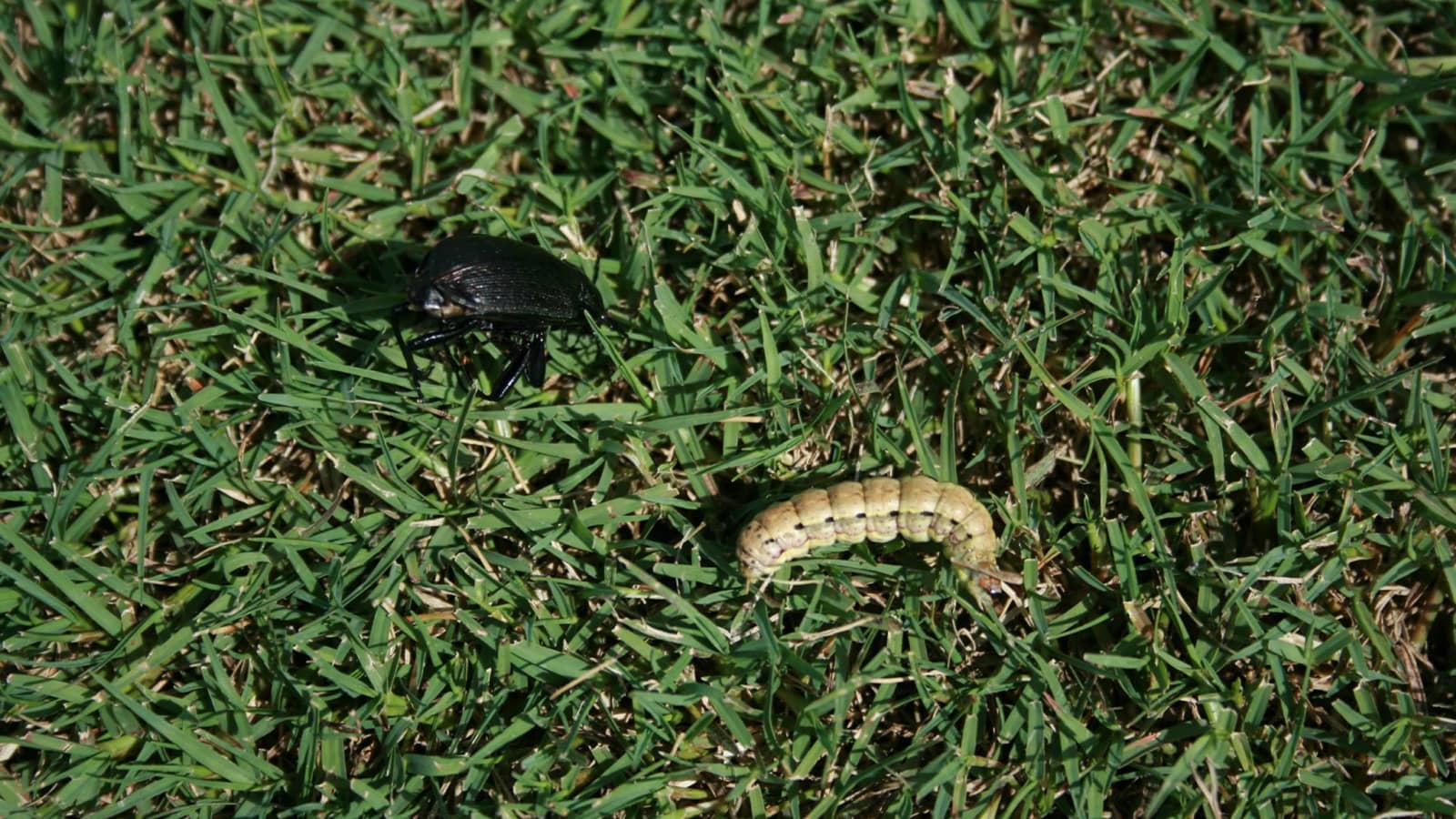
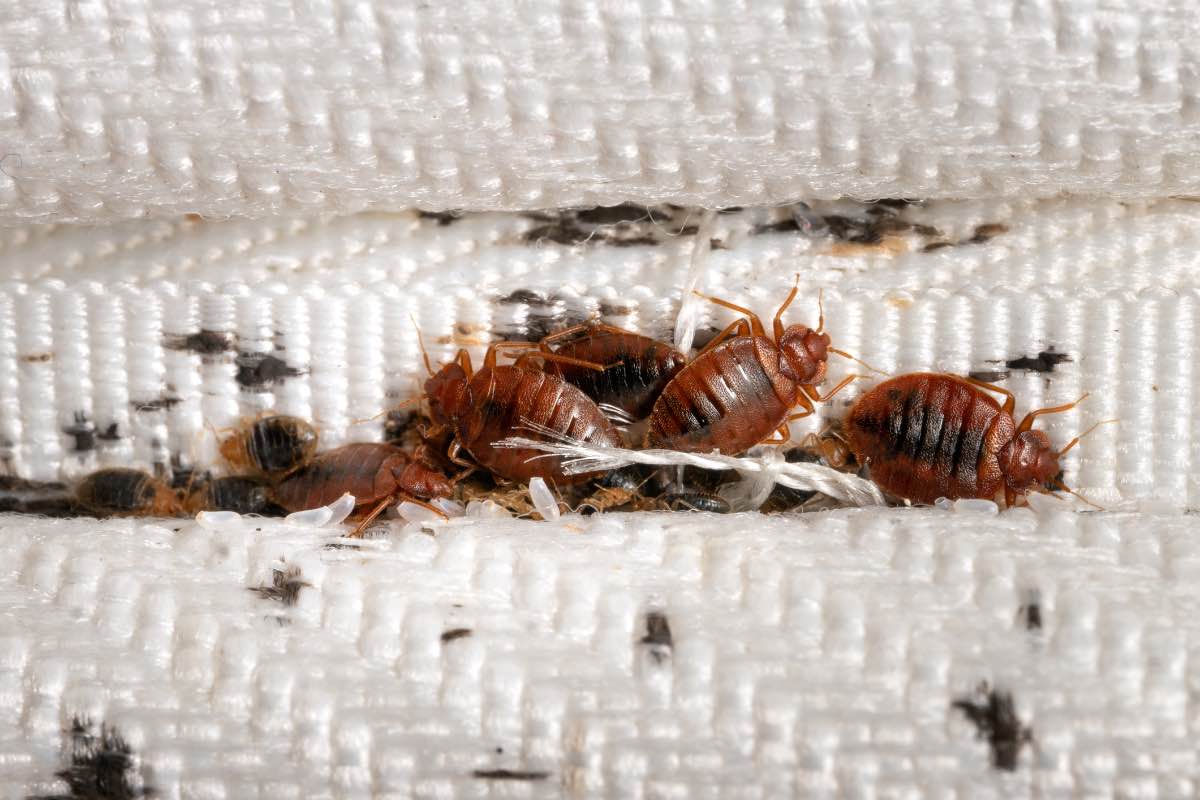

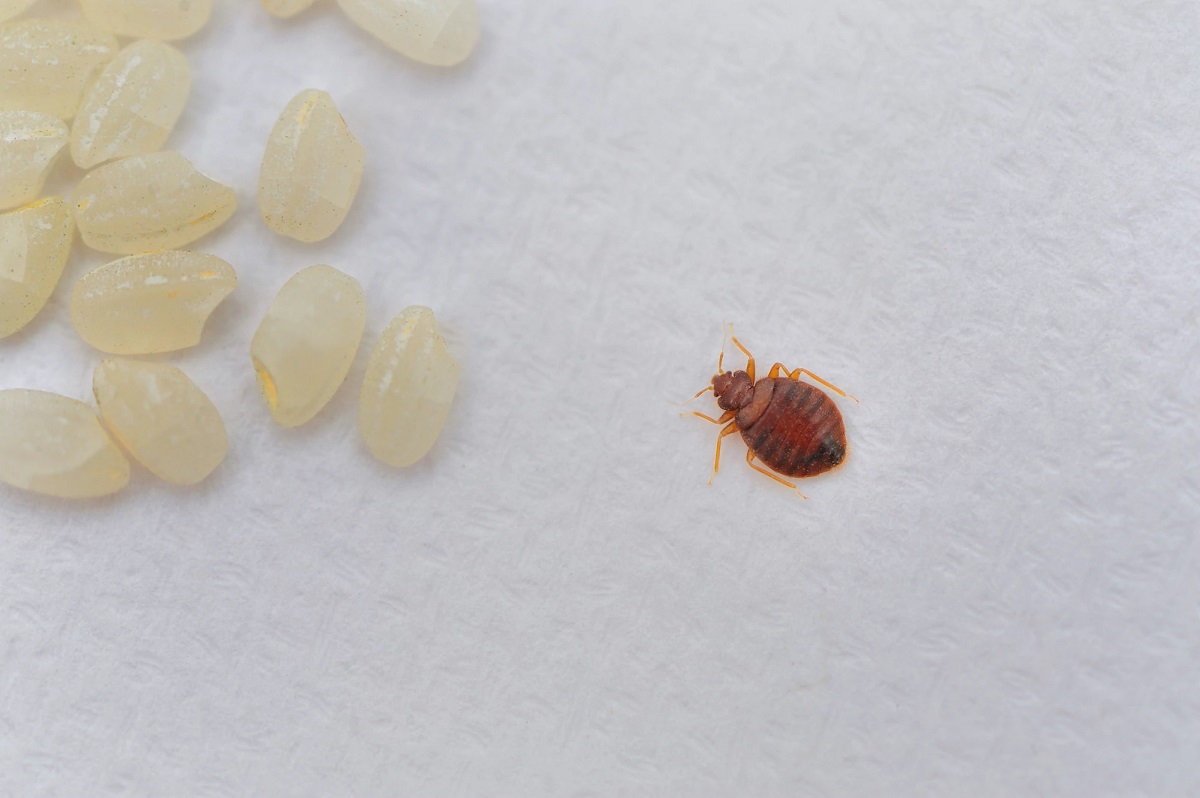
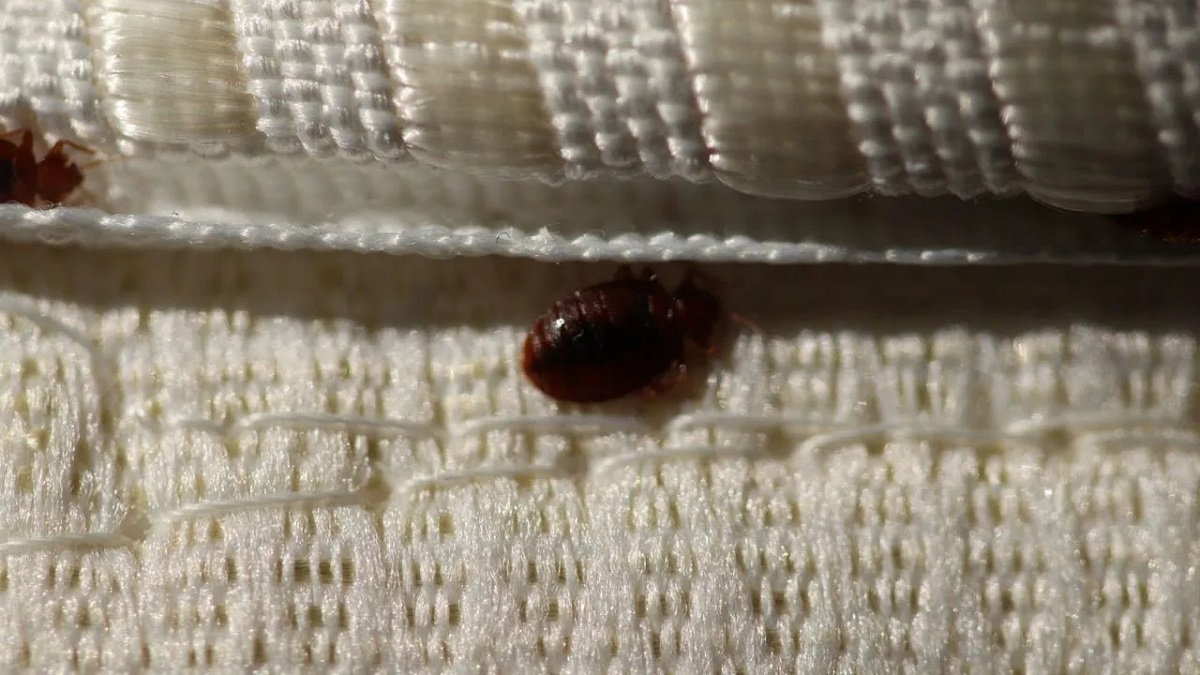

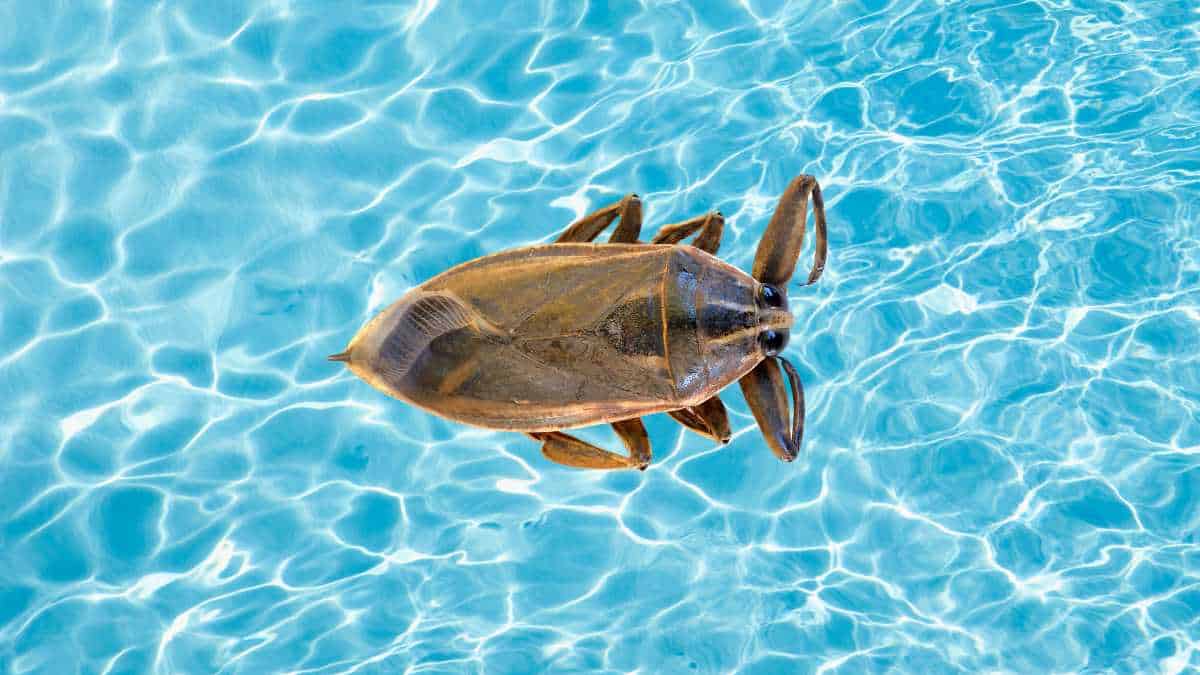

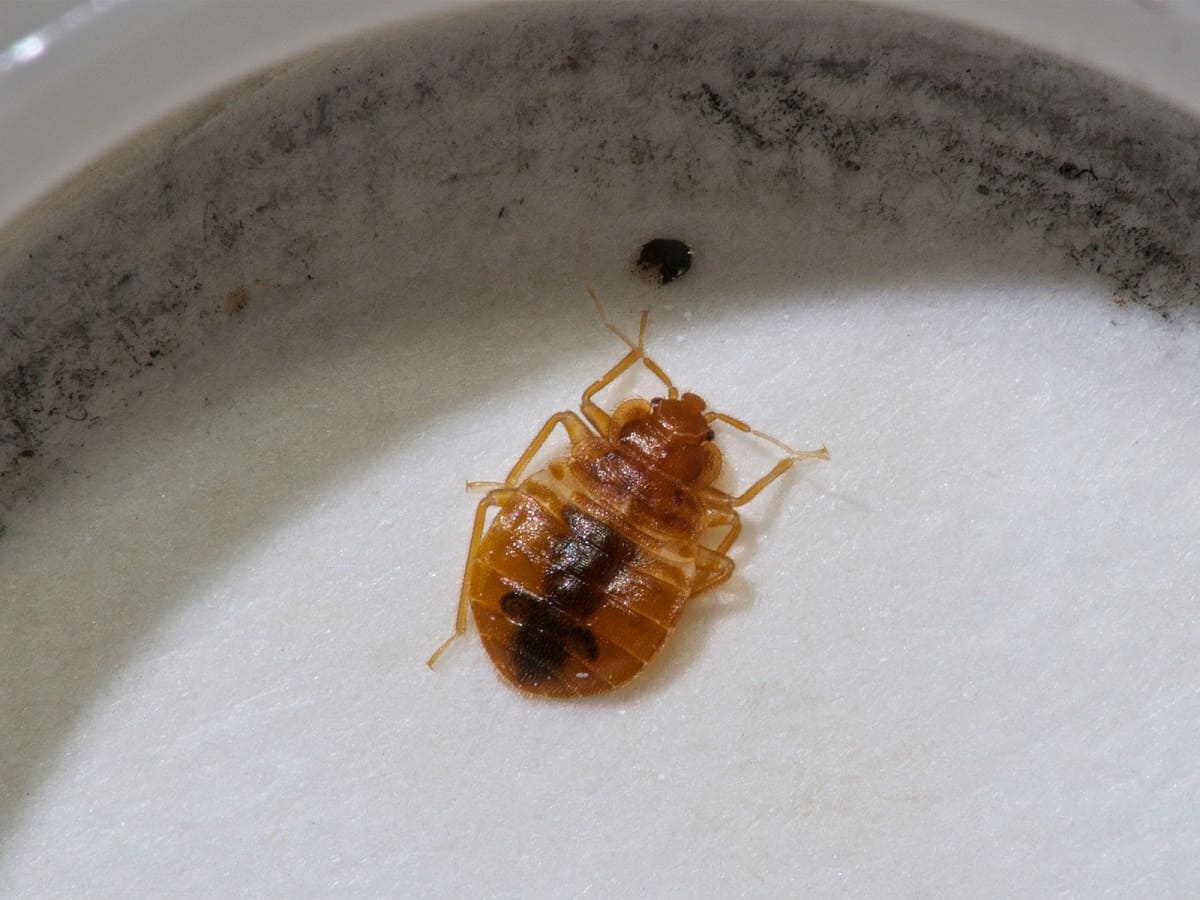
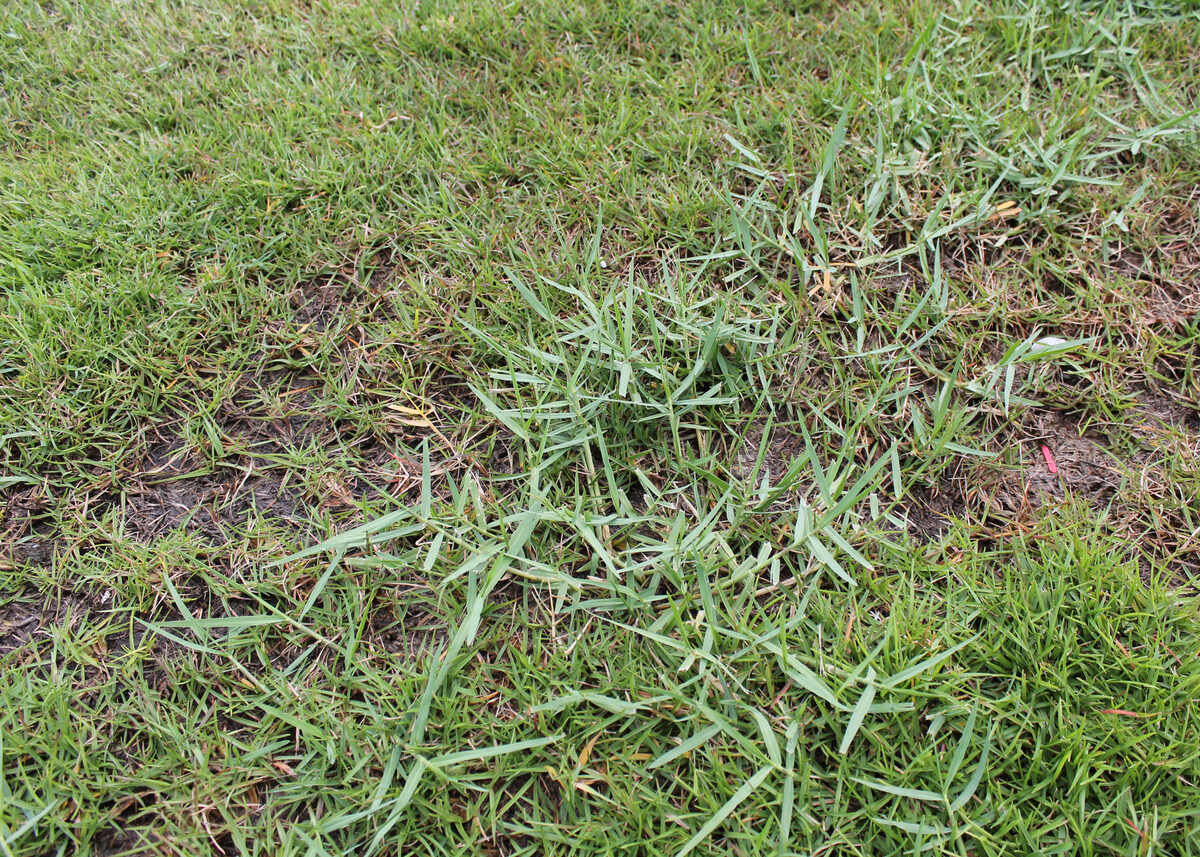
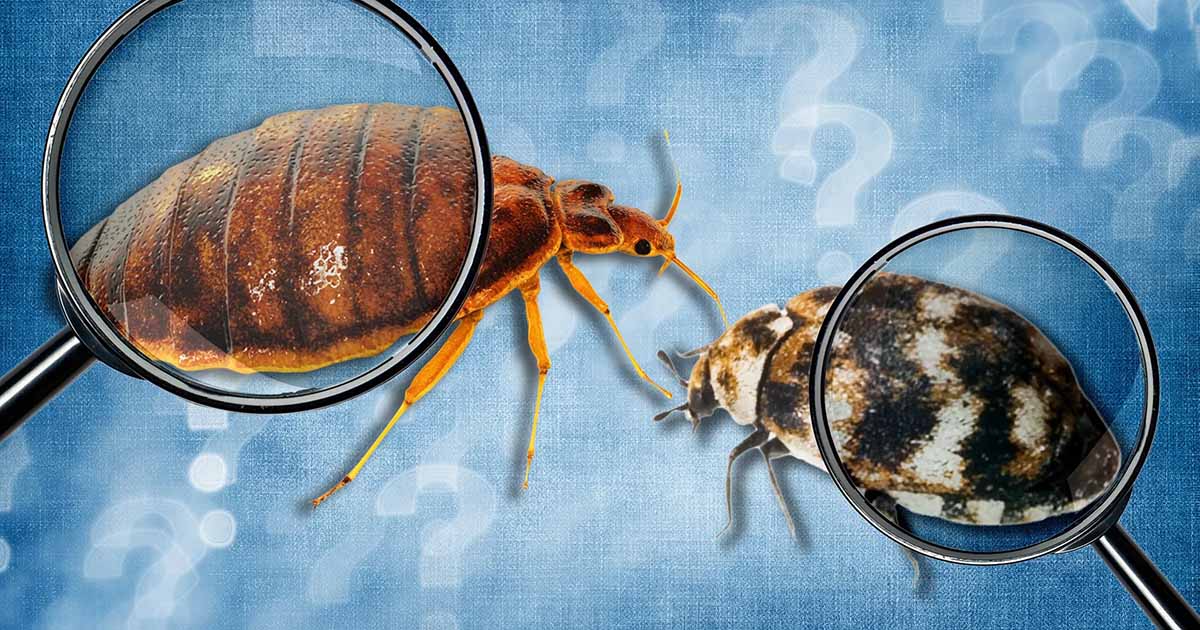
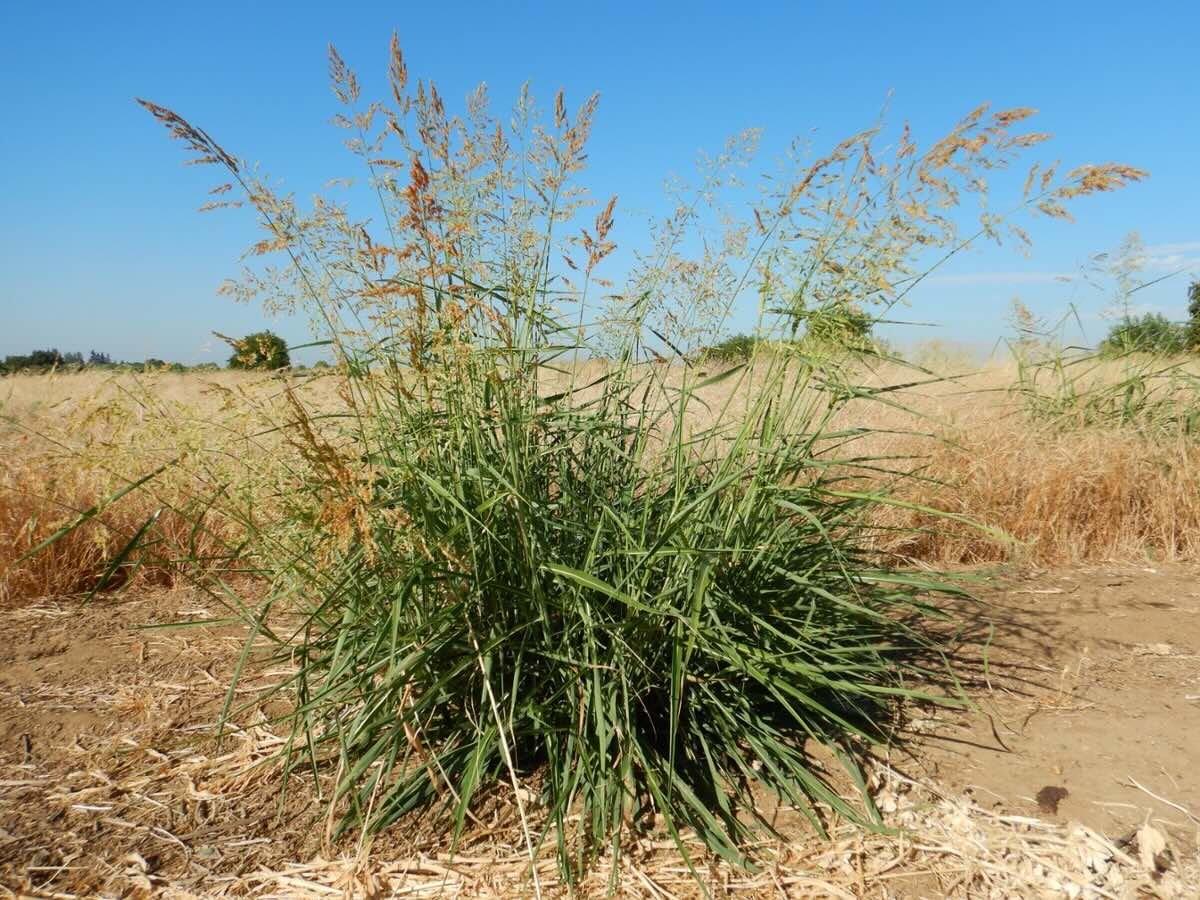
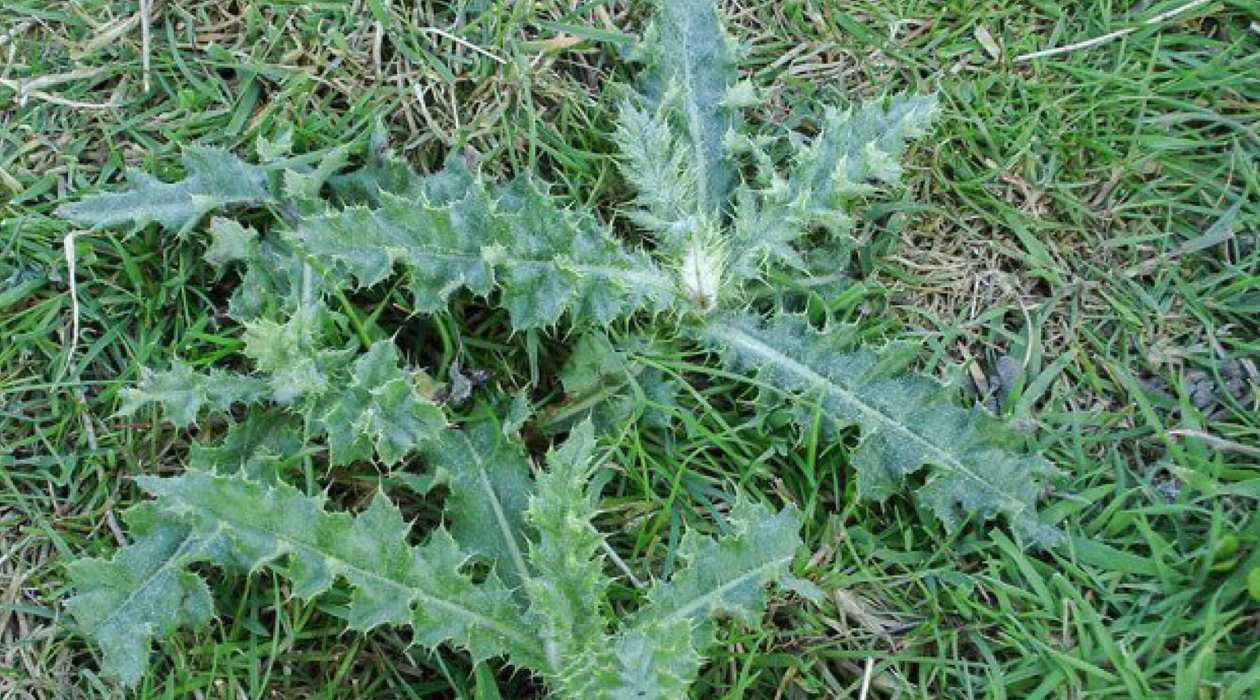
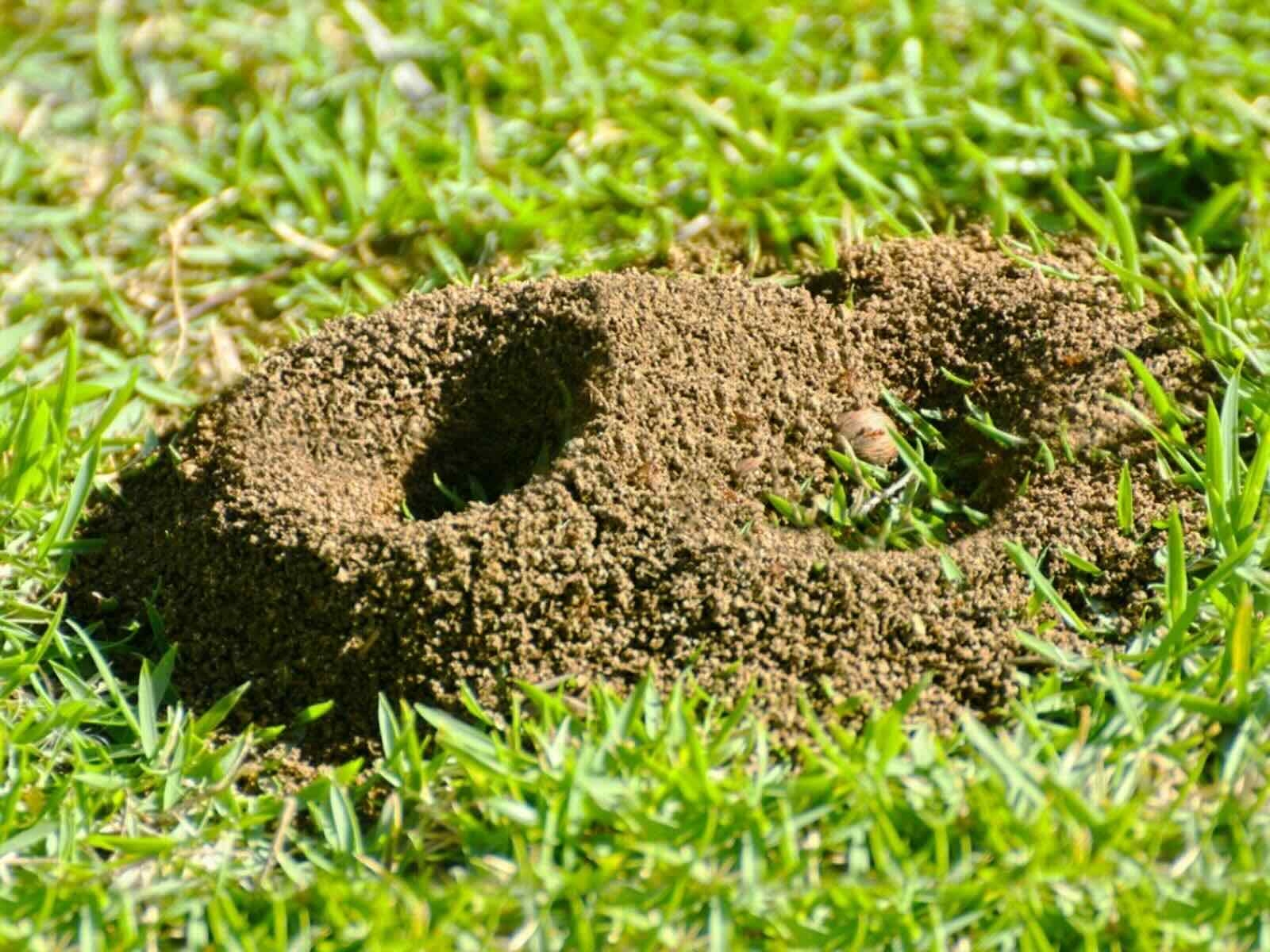
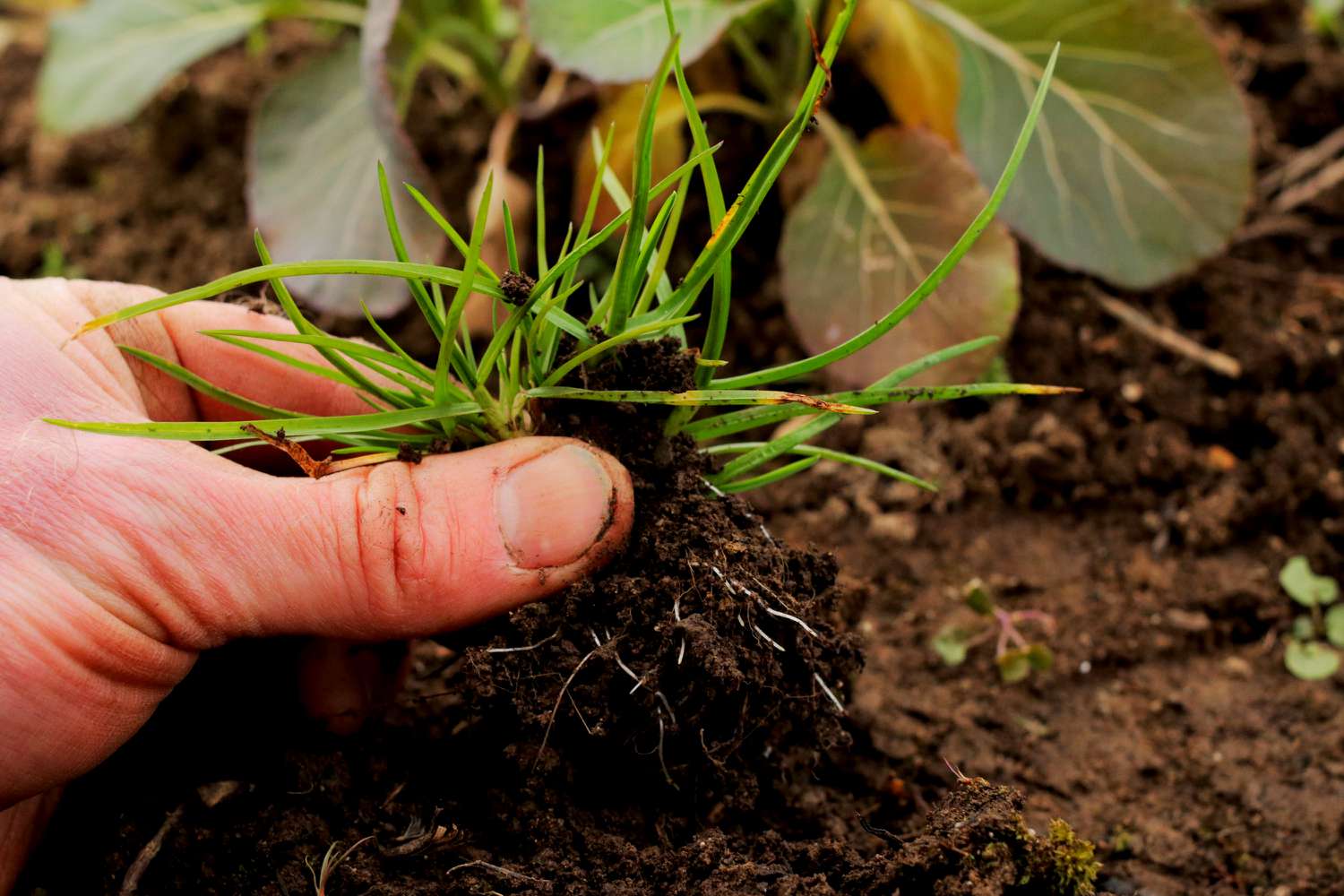

0 thoughts on “What Kills Bugs In Grass”